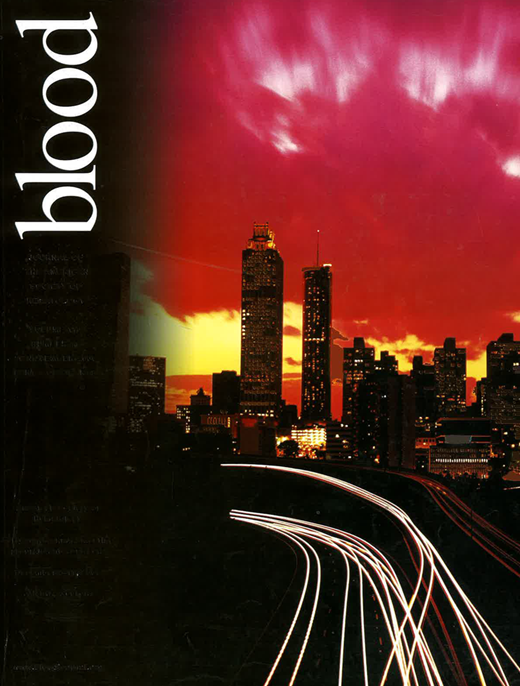Abstract
The Wilms tumor 1 gene (WT1) acts as a transcriptional activator or repressor and is important for normal development. Evidence has accumulated to show that WT1 is oncogenic in acute leukemia and in some solid tumors. WT1 has 4 major isoforms and each encoded polypeptide is thought to make a contribution to normal gene function, but no data are available on their expression in hematologic malignancies. We have analyzed the expression of WT1 and its four isoforms (A, B, C, and D) in 187 diagnostic samples from patients with leukemia or lymphoma. WT1 RNA expression was detected in 9/10 (90%) chronic myeloid leukemias (CML), in 41/47 (87%) of acute myeloid leukemias (AML), in 38/56 (68%) acute lymphoblastic leukemias (ALL) and in 22/74 (30%) of malignant lymphomas. The highest expression levels were found in pre-B ALL and in AML samples. Aggressive lymphomas were more often WT1 positive and with higher levels compared to indolent cases (p < 0.01). Only 9% of AML and ALL bone marrows in complete remission (n=22) showed detectable WT1 expression and all benign lymph nodes studied (n=11) were WT1 negative. The different WT1 isoforms demonstrated highly variable expression levels with isoform A as the most common form in all tumor types. There was no difference in isoform expression between T-ALL and B-lineage ALL. However, AML-M3 demonstrated a significantly higher expression of isoform A compared to other AML subtypes (p<0.01). T-cell lymphoma had a higher level of all isoforms than other lymphoma types (p<0.01). We observed a high concordance regarding WT1 expression levels between matched samples from peripheral blood and bone marrow in T-ALL (R=0.982, P<0.01). A significant reduction in WT1 levels was demonstrated during chemotherapy in two pediatric AML patients. In conclusion, WT1 expression was coupled to malignancy in both bone marrow and lymph node samples and thus could be considered as a potential molecular marker for minimal residual disease detection in acute leukemia. All four WT1 isoforms could be detected in most WT1 positive samples, but their functional significance remains to be clarified.
Author notes
Disclosure: No relevant conflicts of interest to declare.

